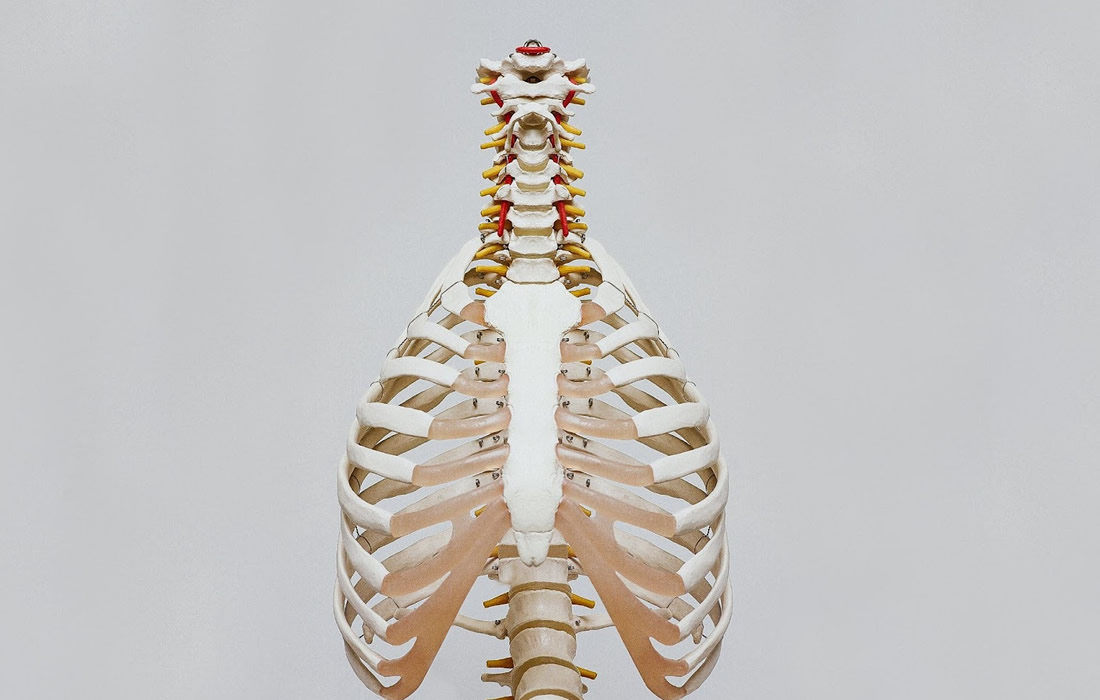Regenerative Medicine News and General Information
Inhaling Microplastics: A Serious Health Threat
Research shows humans might inhale about 16.2 bits of microplastic every hour, which is equivalent to a credit card over an entire week. And these microplastics usually contain toxic pollutants and chemicals.
Inhaled microplastics can pose serious health risks, so understanding how they travel in the respiratory system is essential for prevention and treatment of respiratory diseases.
“Millions of tons of these microplastic particles have been found in water, air, and soil. Global microplastic production is surging, and the density of microplastics in the air is increasing significantly,” said author Mohammad S. Islam. “For the first time, in 2022, studies found microplastics deep in human airways, which raises the concern of serious respiratory health hazards.”
The team explored the movement of microplastics with different shapes and sizes and under slow and fast breathing conditions.
Microplastics tended to collect in hot spots in the nasal cavity and oropharynx, or back of the throat.
Breathing conditions and microplastic size influenced the overall microplastic deposition rate in airways. An increased flow rate led to less deposition, and the largest microplastics were deposited in the airways more often than their smaller counterparts.
“This study emphasizes the need for greater awareness of the presence and potential health impacts of microplastics in the air we breathe,” said author YuanTong Gu.
In the future, the researchers plan to analyze microplastic transport in a large-scale, patient-specific whole lung model that includes environmental parameters such as humidity and temperature.
Sources:
Mohammad S. Islam, Md. Mizanur Rahman, Puchanee Larpruenrudee, Akbar Arsalanloo, Hamidreza Mortazavy Beni, Md. Ariful Islam, YuanTong Gu, Emilie Sauret. How microplastics are transported and deposited in realistic upper airways? Physics of Fluids, 2023; 35 (6) DOI: 10.1063/5.0150703
American Institute of Physics. “Microplastics stick around in human airways.” ScienceDaily. ScienceDaily, 13 June 2023. <www.sciencedaily.com/releases/2023/06/230613190832.htm>.
Images from:
Photo by Nino Liverani
https://unsplash.com/photos/CKxD_Qh6ULY

